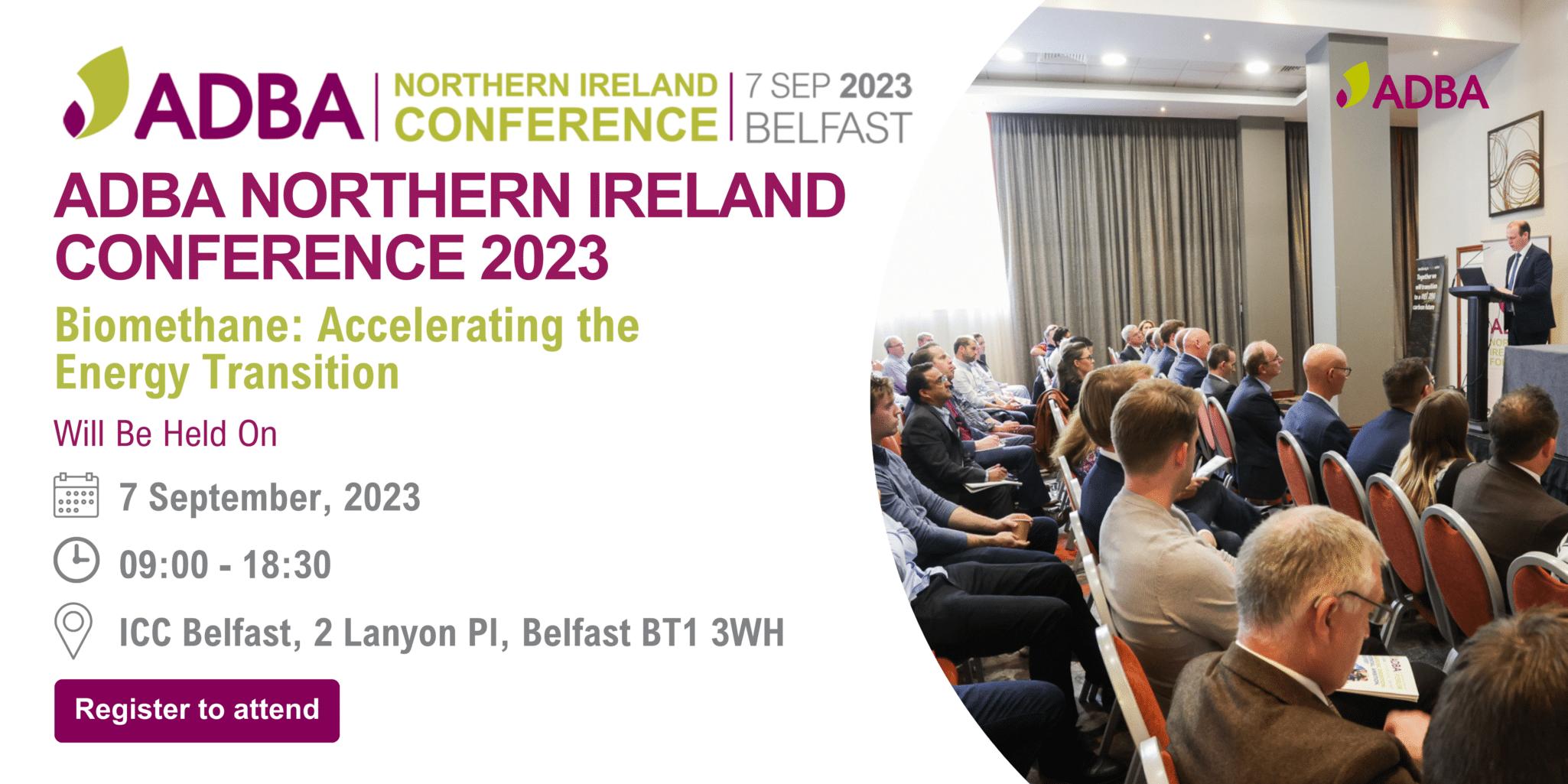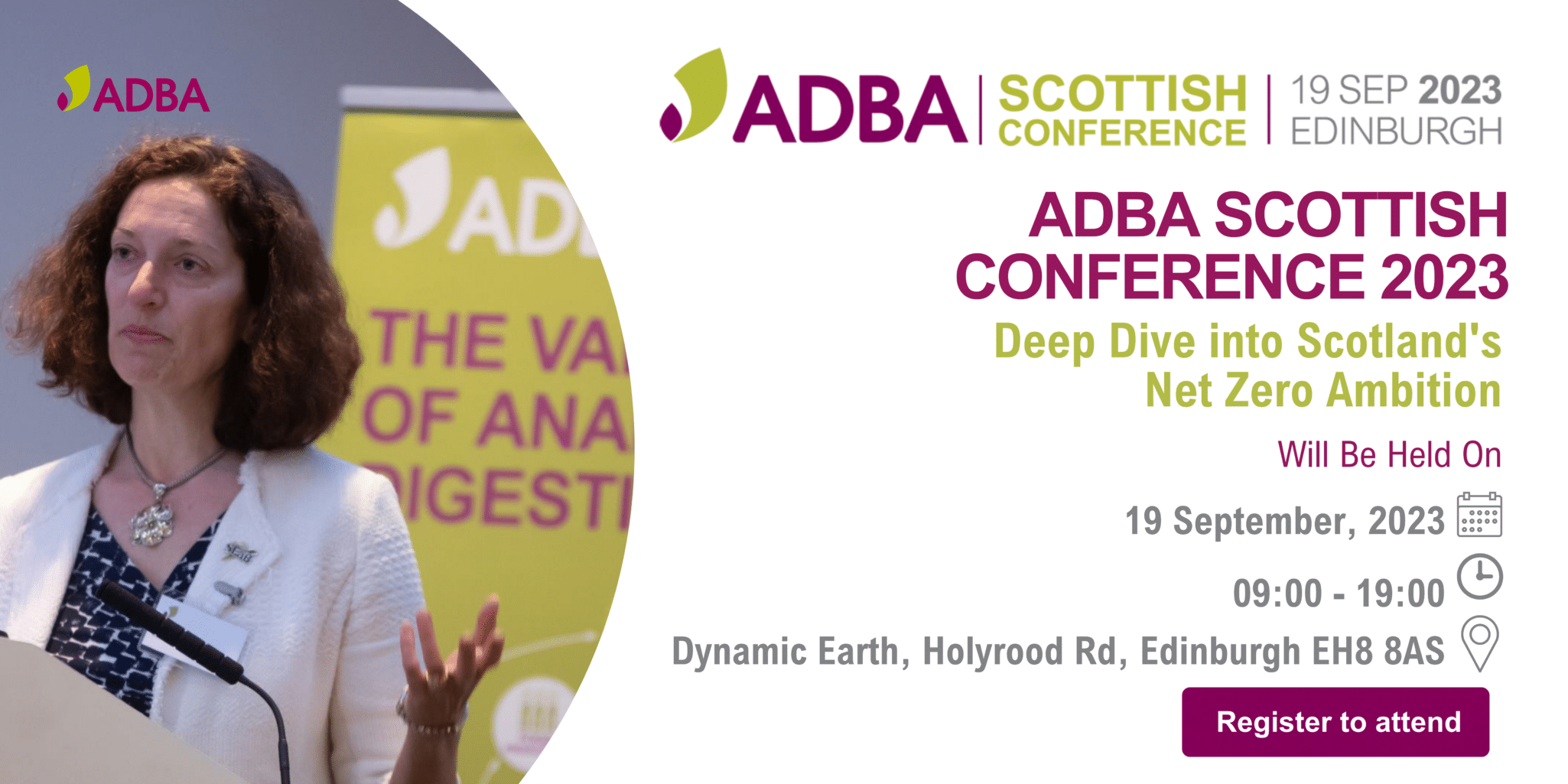On 15 March 2024, ADBA submitted its formal response to the Scottish Government's consultation on…
Calling for feedback on GDNs ‘Proposed Entry Charging Arrangements’
As the UK is driving action towards decarbonization, the gas industry must turn to greener gas. Increasing the biomethane levels in the gas grid is one of the alternatives that could help the country take a long leap toward net-zero. Given that over 80% of the homes, businesses, public services, and industries in Great Britain are connected to the gas grid, the Gas Distribution Networks (GDNs) play a central role to facilitate the transition from natural gas to low-carbon alternatives.
As new levels of green gas are injected into the gas grid, the volume of entry connections needs to be increased accordingly. Therefore, it is important to review the charging arrangements associated with entry connections to ensure that green gas injection is maximised and any obstacles that may hinder this development are removed.
The GDNs are developing a case to present to Ofgem on changes to the entry charging arrangements for the Gas Distribution Networks. Their newly launched consultation assesses four charging options to address the challenges of reinforcing the grid to create additional capacity for biomethane injection. The consultation can be found here, with a summary below.
The Challenges
As the volume of new connections increases, reinforcement is required to create the additional capacity needed to accommodate the connections entering the grid where existing entry network capacity is not available. While, in the current charging arrangements, this reinforcement cost is entirely borne by the connecting party, and the proposed future arrangements could benefit everyone.
According to GDNs, the main barriers for new entries to secure network capacity at an affordable price are,
- Deep connection cost, and
- Lack of cost socialization.
These barriers must be addressed and resolved to be consistent with achieving the net-zero aims that seek to increase the proportion of green gas in the network.
Options and Proposed Action
To address these challenges and remove the barriers to green gas entry, the GDNs are proposing four main options that would facilitate the competition in the supply of gas, whilst maintaining cost reflectivity in charges. To prevent the current arrangements from creating a barrier for distributed entry gas, the options take account of developments in GTs (Gas Transporter) businesses as well.
The 4 options proposed are;
- Reinforcement Prices:
GDNs would publish detailed prices based on forecasts to the new connecting users. Depending on the demand and capacity in that location, these price details would have already factored in the proportion of socialized reinforcement costs. Different prices would be set at different locations.
- High-Cost Cap (HCC):
A uniform cap would be applied nationally, where the reinforcement costs are socialized up to the cap level and the connectees would cover the increments above the cap. The GDNs propose that the HCC be set initially at £200kW. This is just below the 90th percentile and proposed to ensure that when the costs begin to increase at a faster rate beyond the cap, the costs are payable by connectees and excluded from cost socialisation
- All or Nothing Cap:
Here, a common cap which is set at a higher level than the HCC would be applied across all potential entry sites. While all the costs below this cap would be socialized, the connectee would bear the full cost of the reinforcement costs above the cap.
- Entry Test:
An entry test applicable to all connectees values the carbon offset from connections as a benefit and compares this to the reinforcement costs of connection using BEIS carbon values and considering the volume of gas injected. Where the social benefit of connections exceeds the cost of connection, the reinforcement costs are socialised, and where the cost of connection is greater than the social benefit the connectee pays the difference between the excess cost and benefit.
Highest Scoring Options
Considering the benefits and limitations of these options, the GDNs’ assessment led to selecting the Entry Test and High-Cost Cap as the two highest scoring options. Out of these, the HCC is put forward by the GDNs as their preferred position for distributed entry. The HCC option socializes costs across all sites, supporting a greater green gas entry which drives change in entry charging arrangements. This option can be initiated quicker than other proposed options, which would present a competitive advantage as well.
Request for responses to the consultation
As we are preparing the response to this consultation, we are inviting all the stakeholders in the AD industry with an interest in this area to share their thoughts by answering the survey below. The feedback would largely help review the methodology of the GDNs proposal to Ofgem.
Take the Survey HERE



